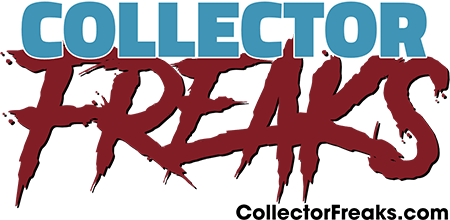Was there any pressure to do The Dark Knight Rises in 3-D?Warner Bros. would have been very happy, but I said to the guys there that I wanted it to be stylistically consistent with the first two films and we were really going to push the IMAX thing to create a very high-quality image. I find stereoscopic imaging too small scale and intimate in its effect. 3-D is a misnomer. Films are 3-D. The whole point of photography is that it’s three-dimensional. The thing with stereoscopic imaging is it gives each audience member an individual perspective. It’s well suited to video games and other immersive technologies, but if you’re looking for an audience experience, stereoscopic is hard to embrace. I prefer the big canvas, looking up at an enormous screen and at an image that feels larger than life. When you treat that stereoscopically, and we’ve tried a lot of tests, you shrink the size so the image becomes a much smaller window in front of you. So the effect of it, and the relationship of the image to the audience, has to be very carefully considered. And I feel that in the initial wave to embrace it, that wasn’t considered in the slightest.
Have you ever thought about communicating your feelings [about film and IMAX] to the industry and other directors?Right before Christmas I brought some filmmakers together and showed them the prologue forThe Dark Knight Rises that we shot on IMAX film, then cut from the original negative and printed. I wanted to give them a chance to see the potential, because I think IMAX is the best film format that was ever invented. It’s the gold standard and what any other technology has to match up to, but none have, in my opinion. The message I wanted to put out there was that no one is taking anyone’s digital cameras away. But if we want film to continue as an option, and someone is working on a big studio movie with the resources and the power to insist [on] film, they should say so. I felt as if I didn’t say anything, and then we started to lose that option, it would be a shame. When I look at a digitally acquired and projected image, it looks inferior against an original negative anamorphic print or an IMAX one.
[You don’t like to shoot many takes, you only storyboard action scenes, you avoid shot lists, and you just use one camera for dramatic sequences.] Does that mean you can edit more quickly?On a film like Memento, I had a couple of days to edit each day’s shoot—which probably came out to a half-hour of dailies. On The Dark Knight Rises, to make that 10-week director’s cut I’ve basically got one day to cut three days of shooting—which comes to an hour or an hour and a half of footage. Just to sit there and watch it all is almost impossible, and I have massive, massive choices, even shooting in a pretty tight, efficient way. To make that more complicated—well, I might give myself more options, but I’m going to limit my editing time just to get a handle on it. I have a fantastic editor, Lee Smith, and he’s assembling as we shoot. You want to be able to sit back from the shoot and then really explore the materials. So you want to have the time to do that.
 at people thinking Bane just walks into the stock exchange like that. It's obviously after he reveals himself. See all the terrified people on the ground?
at people thinking Bane just walks into the stock exchange like that. It's obviously after he reveals himself. See all the terrified people on the ground? at people thinking Bane just walks into the stock exchange like that. It's obviously after he reveals himself. See all the terrified people on the ground?
at people thinking Bane just walks into the stock exchange like that. It's obviously after he reveals himself. See all the terrified people on the ground?




















